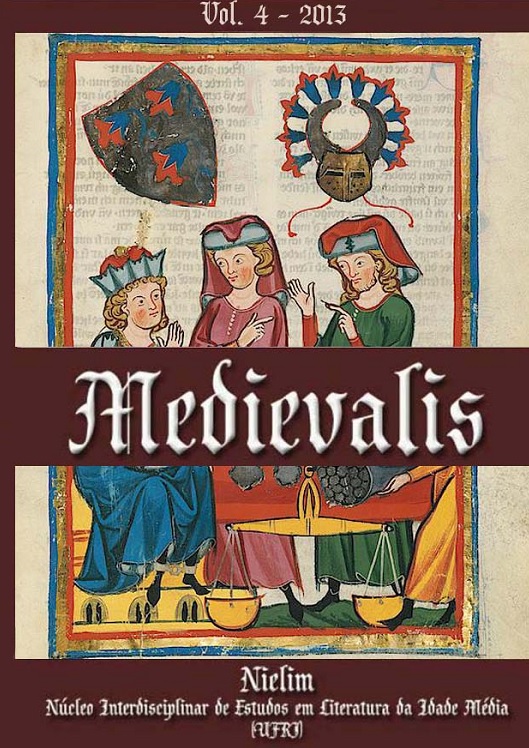Aspectos do simbolismo e do maravilhoso em A dama de pé de cabra e Melusina na literatura medieval
DOI:
https://doi.org/10.55702/medievalis.v2i2.44235Keywords:
Sobrenatural, linhagens, folclore.Abstract
Resumo: Durante a Idade Média, houve diversas narrativas que foram transmitidas oralmente e que tinham como herança uma mitologia prévia, foram transcritas para o papel, modificadas junto ao contexto ocidental cristão. A produção que se inseria no cenário das mentalidades eruditas e populares era sobre lendas antigas e seres fantásticos. Assim, no século XIV, passam a ser sob uma lógica de linhagem que favorecem uma possível ancestralidade originada da união com um ser do Outro Mundo o que legitimaria poder e posses. Neste cenário estão os contos do Romance de Melusina, de Jean d’Arras, no caso francês da família Lusignan e da Dama do Pé de Cabra, contida no Livro de Linhagens do Conde D. Pedro no caso português da família Haro da Biscaia.Palavras-chave: folclore, sobrenatural, linhagens.
Abstract: During the medieval times, several narratives that were transmitted orally and that came from a previous mythology were transcript on paper and modified along the Christian context. The productions that belong on the popular and erudite minds scenario were about ancient legends and fantastic beings. Thus, in the XIV century they are written on logic of lineage that raised a possible heritage originated of the union between a being of the other world, which legitimates wealth and power. In this scenario are the tales of Melusine (Le Roman de Melusine) of Jean D’Arras in the case of the Lusignan, a French family, and the Goat Footed Lady, the Portuguese adaptation from the myth for the Haro’s, from Biscay.
Published
2015-08-18
Issue
Section
Artigos

